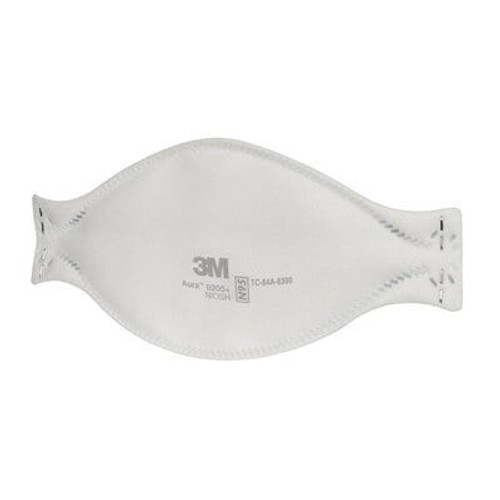
If you receive a 3M model 8511 valved N95 respirator and you wish to block the valve shut, 3M has a NIOSH-approved method that you must follow.

If you have an N95 respirator with a valve that you use, you should review local policy or call ahead to the place you are visiting and determine if they allow valved respirators. In general, individuals wearing NIOSH-approved N95s with an exhalation valve should not be asked to use one without an exhalation valve or to cover it with a face covering or mask.” Some organizations, cities, and companies have specific guidance on face coverings with valves. As source control, findings from NIOSH research suggest that, even without covering the valve, N95 respirators with exhalation valves provide the same or better source control than loose-fitting surgical masks, procedure masks, cloth masks, or fabric coverings. A NIOSH-approved N95 filtering facepiece respirator with an exhalation valve offers the same protection to the wearer as one that does not have a valve. In the CDC’s questions and answers regarding personal protective equipment they state that “an N95 filtering facepiece respirator will protect you and provide source control to protect others.

It is very important that your respirator seal completely to your face. Can 3M N95 filtering facepiece respirators be cleaned?.IMPORTANT: Infants and toddlers should never be given respirators due to the risk of choking and suffocation. It is important to realize that misuse of a respirator may result in sickness or death.All respirators have certain performance features and use requirements, and it is very important that all instructions are read and understood before providing a respirator to anyone.It is possible that some children will not be mature enough to use a respirator correctly.A respirator must form a good seal to the face to be effective, and children’s faces are unique and may be too small to obtain a good seal on respirators that were designed for adults' faces.If a parent or guardian decides to provide a respirator to a child (such as when directed to do so by health authorities), then the parent or guardian must understand that he/she will be willingly accepting several risks for their child, including but not limited to the following considerations: Although respirators may be available in smaller sizes, they are typically designed to be used by adults in workplaces, and therefore have not been tested for broad use in children.” Centers for Disease Control and Prevention (CDC) states: “Parents and caregivers may have questions about NIOSH-approved respirators (such as N95s) for children. In their COVID-19 guidance on respirators (updated as of January 14, 2022), the U.S.


 0 kommentar(er)
0 kommentar(er)
